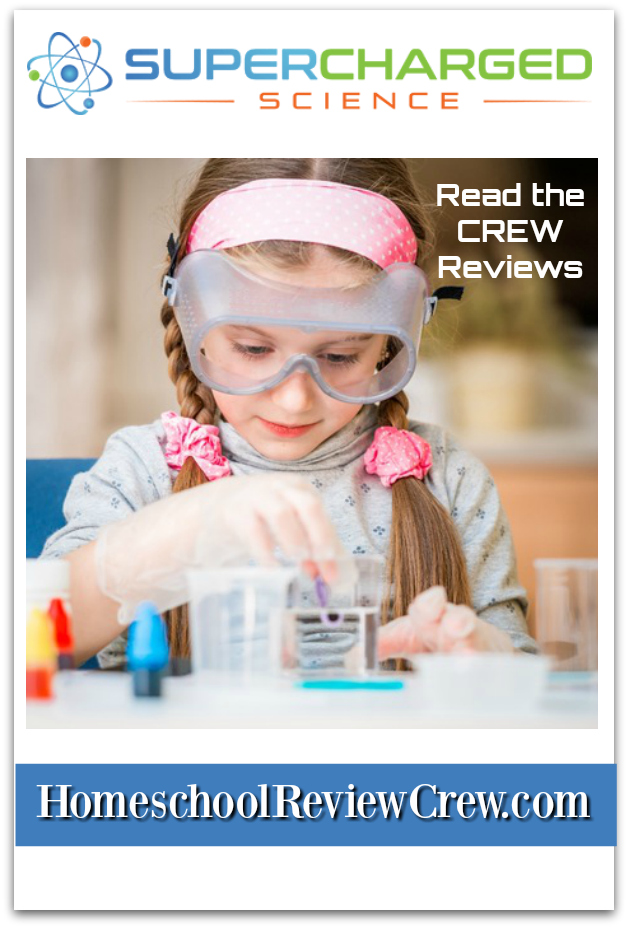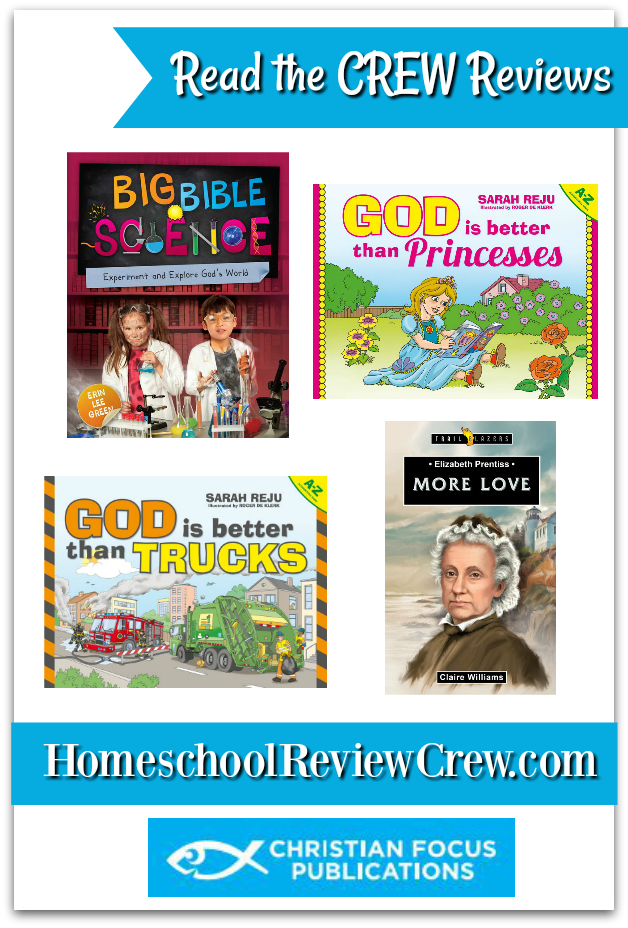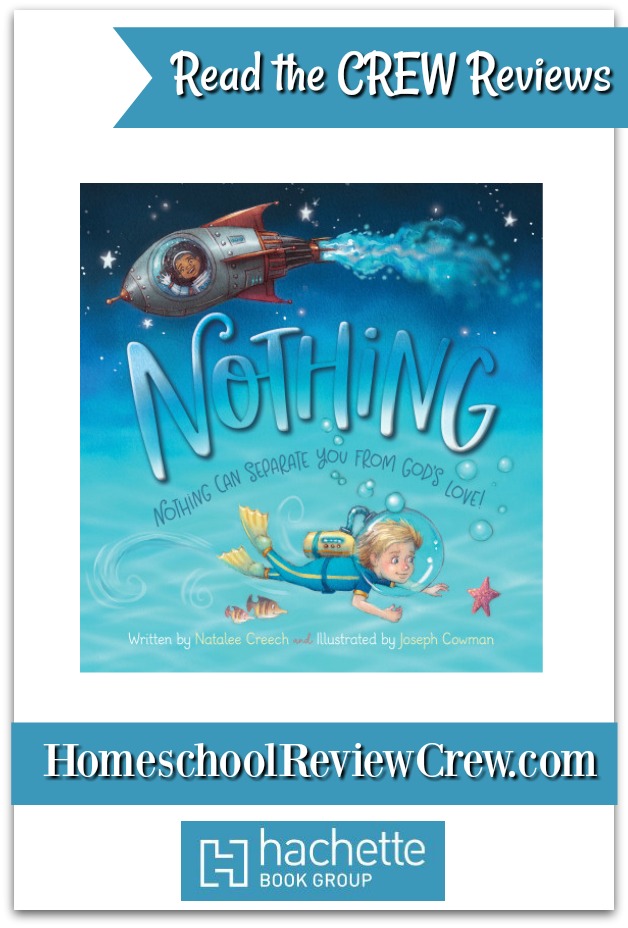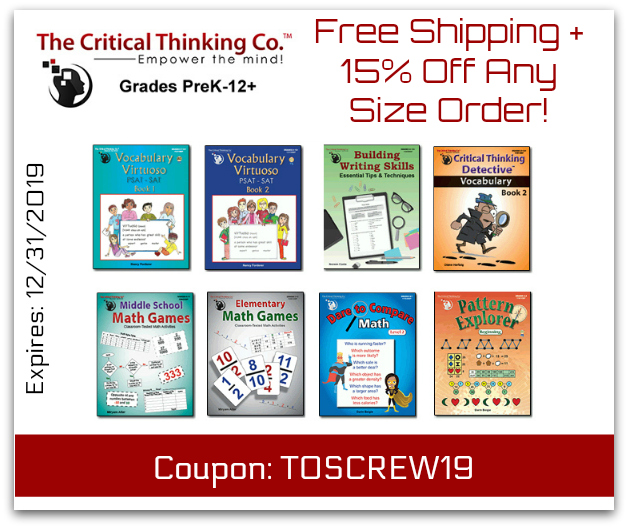
Remember the saying, "Don't reinvent the wheel?" Why should you try to come up with an all-encompassing science program when you already have one available in Supercharged Science with Aurora Lipper? I was so happy to be able to have a chance to review her e-Science Homeschool Science Curriculum for grades PreK to High School. I received a full year subscription to this online digital product. Aurora quickly got our account set up and sent us the login information. I did not have any trouble logging in and getting started. She has an introductory video available for you to view that explains how to use the program and get around the site.
 |
| (Note: This is a screenshot not a link) |
There are two ways to use hands-on science curriculum. The first way is to just pick a topic to explore. The second is by grade level (this is a new feature she is currently working on).
 |
| Sample Topics |
The full list of topics (20 units) include:
- New to e-Science?
- Unit Zero: Overview of e-Science
- The Scientific Method
- Unit 1: Mechanics
- Unit 2: Motion
- Unit 3: Matter
- Unit 4: Energy 1
- Unit 5: Energy 2
- Unit 6: Sound
- Unit 7: Astrophysics
- Unit 8: Chemistry 1
- Unit 9: Light
- Unit 10: Electricity
- Unit 11: Magnetism
- Unit 12: Alternative Energy
- Unit 13: Thermodynamics
- Unit 14: Electronics
- Unit15: Chemistry 2
- Unit 16: Life Sci 1
- Unit 17: Life Sci 2
- Unit 18: Biology 1
- Unit 19: Biology 2
- Unit 20: Earth Science
- Award-Winning Science Fair Projects
- Mathmagic
- Teaching Resources
We chose to use grade levels so that I could easily find the age-appropriate areas for each of my kids. We used the PreK/K section for Little Bug and my 9th grader worked out of the Advanced Topics which is being expanded for high school students.
 |
| Sample PreK/K topics - Physics, Earth Science, and Life Science |
 |
| Small sample of Advanced Topics (High School) available |
There is so much information on this site and Aurora's exuberant personality really helps to engage the kids in what they are doing. Her passion is so evident in her videos and her teaching style. I think she does a wonderful job connecting with the kids in her videos. The homeschool science lessons are geared to be self-guided with little to no adult intervention needed and the experiments generally use everyday items often already found around your house. The lessons are mainly hands-on with lots of experiments and fun activities. Most videos run about 5 to 20 minutes long.
There are additional teaching resource links for homeschoolers and a link to a 12-page document about what your 9-12 grade students need to learn. It is important to note that this is a creation neutral curriculum. It does not focus on creation or secularism and can be used with either a religious or secular philosophy.
 |
| 12-page guide on what your 9-12th grader needs to know |
Another resource I would like to mention is her coverage of keeping a scientific journal. She has an entire page devoted to the how and why of keeping a journal. I think it is wonderful! She walks the student, step by step on how to go about keeping one from start to finish with video instruction included.
One of our first lessons and experiments that we tried with Little Bug was the Sensing Temperature lesson. It helps to explain why water droplets form on the outside of your ice-cold cup. The drastic change in temperature causes condensation that is observed in the water droplets. We learned that your skin can detect temperature differences but may not always sense the correct temperature due to your surroundings.
 |
| Left finger in hot water, right finger in cold |
 |
| Putting both fingers into room temp water |
 |
| Both fingers in room temp water and surprise on how they feel |
She learned first hand that her skin was deceptive on detecting the correct temperature of the room temperature water after her fingers had been placed in hot and cold water. The cold water finger made the room temp water feel warm/hot and the hot water finger made the room temperature water feel cold. She's really enjoying the hands-on aspect of this curriculum. The lessons include printable worksheets to fill out and she was able to fill out parts by herself and I helped with the longer explanations after we discussed it.
 |
After we discussed the results and what had happened I helped
her fill out the longer portions of the worksheet answers. |
The amount of material in the Advanced Topics (for High School) section is phenomenal. Many of the videos are short and to the point (which is critical for my struggling learner who doesn't do well with long distance lessons). In the Physics section alone there are over 500 videos within 50 sections that cover 14 chapters of material. It is recommended to cover 1-2 sections per week to complete the material within a year. Subjects covered under the Advanced Topics include:
- Physics
- Chemistry and Chemical Reactivity
- Astrophysics
- Biology Overview Course
- Electronics
- Alternative Energy
 |
| Over 500 videos in 50 sections covering 14 chapters |
If you are using or have used Apologia science there are sections covering the experiments for AP Physics, Physical Science, AP Chemistry, Chemistry, Biology, and Advanced Biology.
There is even a Test Practice section that prepares you for the AP test, ACT, CLEP, SAT, and DSST tests.
There is just so much curriculum available. While the curriculum is pricey, be aware that you have access to ALL of it for the grade levels you purchase so if you have a multi-student household the price suddenly isn't so steep. I am a little sad that it is probably too pricey for us to continue after our year is up, but perhaps we can fundraise because what the kids are learning is wonderful!
Please also be sure to check out the other reviews from my fellow Crew members by clicking on the graphic link below.


















































